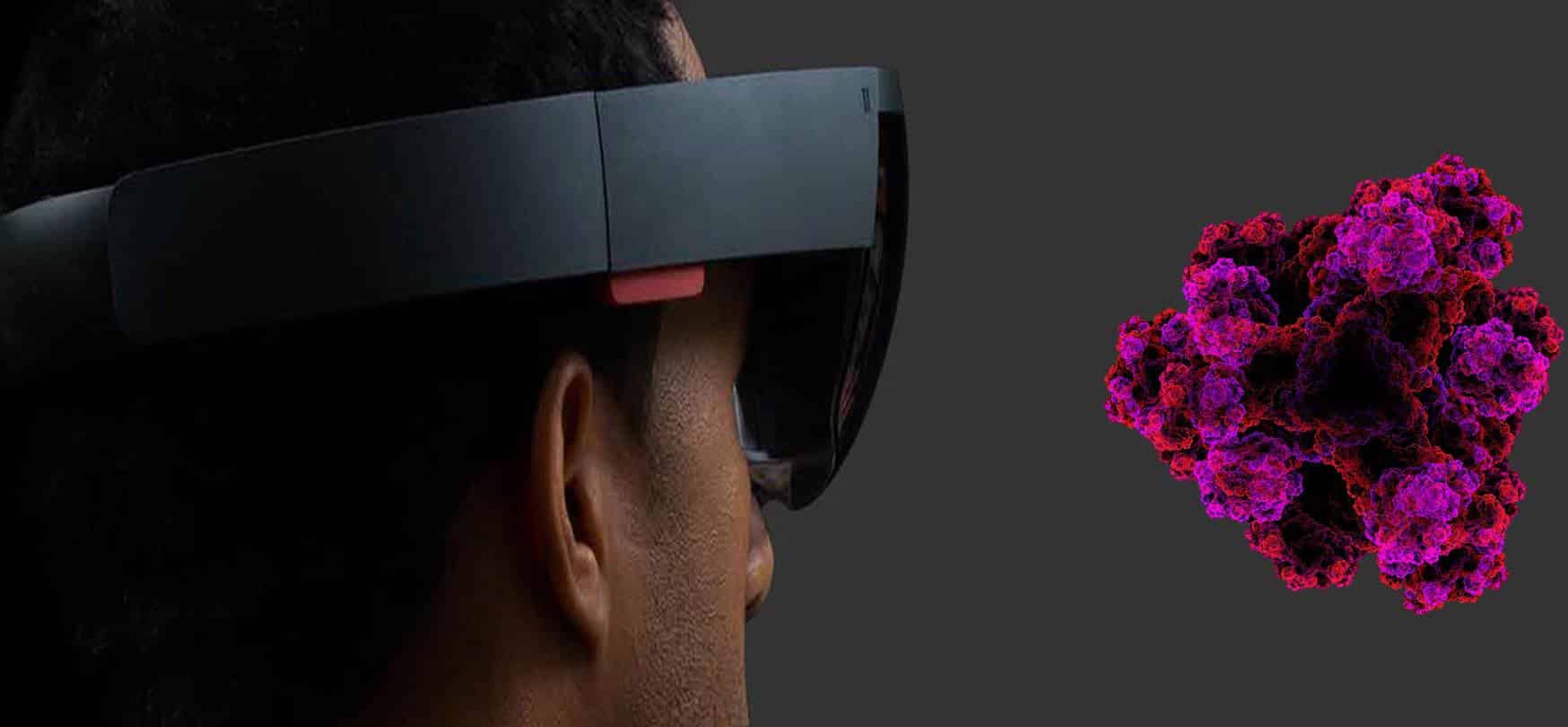Understanding protein structures is crucial while designing or administering new treatment strategies to patients with diseases such as HIV.
There are many techniques commonly used to elucidate these structures such as NMR and X Ray Crystallography; but unlike these methods, cryo-EM is a technique that lets the proteins remain in their natural conformations for imaging, which could reveal new information about the structures.
Cryo-EM, or the cryo-electron microscopy, is a form of transmission electron microscopy in which samples are quickly cooled to below freezing before being imaged under the microscope. The proteins, while being prepared for cryo-EM experiments, adopt random conformations throughout the frozen grid which means that by taking enough images, researchers can put together a full 3D picture of the protein’s shape(s) from all imaging directions.
But the downside of this method is that for many proteins, the approach seems to fall short, and parts of the proteins’ structures remain missing.
Therefore to be able to produce results with better shape, the scientists have, in the past, hit the samples with an electron beam at an angle. But in case of Cryo-EM, since cryo-EM methods were designed with the assumption that the grid containing proteins was always at
the same distance from the microscope, analyzing data from a tilted sample is all the more challenging.To tackle these challenges, researchers at the Salk Institute, led by Dr. Lyumkis, changed the materials used to create the cryo-EM grid, recorded movies of their data rather than still images, and developed new computational methods to analyze the information.
They then tested this new approach on the influenza hemagglutinin protein, a very difficult protein to characterize using cryo-EM, and found that tilting the sample gave a more complete dataset- that tilting a sheet of frozen proteins anywhere from 10 to 50 degrees gives higher quality data and could lead to a better understanding of a variety of diseases.
“Due to the geometry of the data collection when we tilt, we fill up much more data characterizing the molecules, giving us a more complete picture of the protein’s shape” says Dr. Lyumkis.
“We present a strategy for tackling preferred specimen orientation in single-particle cryogenic electron microscopy by employing tilts during data collection. We also describe a tool to quantify the resulting directional resolution using 3D Fourier shell correlation volumes.”




































